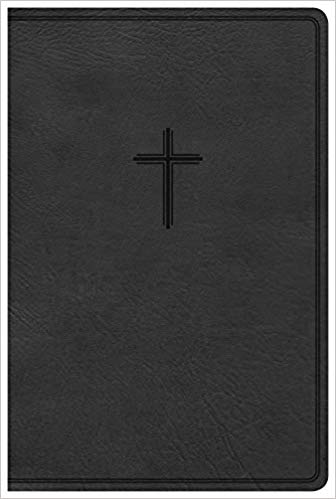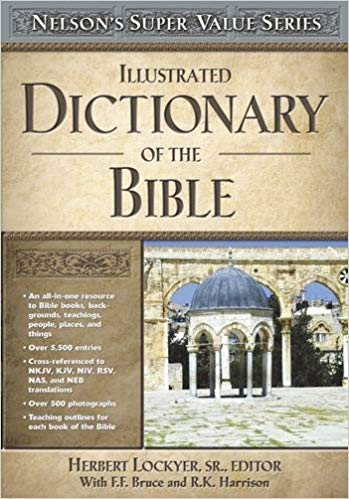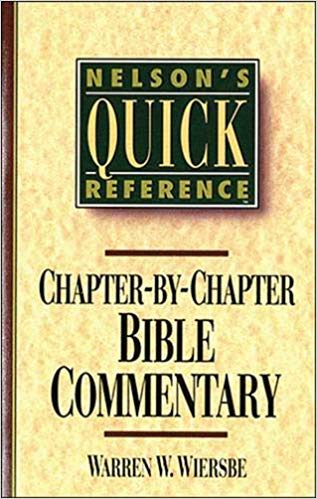The Bible admonishes believers to “study to show thyself approved unto God” in 2 Timothy 2:15. Bible study is a very important part of being a Christian, therefore it is definitely wise to plan a time. It is always easier to make time for important things than to find time! Most people prefer to start the day with time in God’s word, but for some, it may be better at bedtime. Either way, the important part is to actually do it!
There are many ways to study the Bible. One way is to do a chapter study. This involves studying an entire chapter at a time, as a complete unit, in order to obtain a better understanding of the concepts presented. When you learn the context of a chapter, it helps to properly understand individual verses or sections, and it will help to get a sense of the story as a whole.
You will need a few things to help with this type of study. A Bible, of course, is required; a study Bible may be beneficial. A Bible dictionary, such as Smith’s, will help to get the meanings of words you may not already know. A notebook and pen or pencil to take notes is always a good study tool. A condensed commentary of the Bible to consult is also helpful. It is often possible to find these resources as apps or online, instead of print books, if you prefer.
Start by reading through the chapter at least once, preferably several times. Many chapter study guides suggest reading the entire chapter five times. It may be an option to spread the study over the course of a week, re-reading the chapter each day, however it is important to read the entire chapter at once. This gives you a better look at the entirety of the chapter’s text. It helps to get the chapter’s flow and recognize the themes.
Reading the chapter the first time in a Bible that does not have included notes may help to gather personal insight into the text, rather than expecting to find what is already in notes. Be sure to read the entire chapter in one sitting, for a complete flow. Reading out loud can be helpful, as well, as it adds the senses for hearing and speaking into the mix.
If the Bible is a study Bible, it likely has an introduction to the book, which will give an overview of the book of which the chapter is a part. This introduction will likely include information such as the approximate date the book was written, the author, the audience to which it was originally intended, the purpose of the book, and major themes found within the book. This can give much insight into the chapter being studied.
After getting that overview, it is time to go back to the chapter and re-read. This time, having read the chapter several times before, pay attention to what it is saying, with the thought of summarizing it. After finishing, write the summary of the chapter in a notebook, as completely as possible. Attempt to include all the details from the chapter. After the synopsis, write down personal thoughts about the contents and ways that the information can be applied to personal daily life.
There are some things to consider writing down as a part of the chapter study. One set of things that can be used to create a form to use with each chapter could be this seven-step set:
- Heading
Write a heading for the chapter – a short caption that briefly sums up the main idea of the chapter
- Outline
Outline the chapter, highlighting major points and supporting ones. If outlining is not something that is familiar, simply make a list of the main concepts. - People
List the people who feature in the passage. Include all of the people and refer to them in a way that will indicate who they are and what they did (“the woman at the well” rather than just “unnamed woman”).
- Key Verse
There is usually one verse that can be labeled the key verse in a chapter. Determine which is the main verse and write the entire verse in the notebook.
- Key Words
Some words stick out more in a chapter, because of their significance. List these in the notebook, as well.
- Application
Make a note of what is personally learned from the chapter, and what steps can be taken to apply the knowledge to daily life.
- Cross-reference
Many times there are other Scriptures that relate to the chapter, add clarification to the text, or support the concepts. Find these when possible and add them to the notebook for reference.
This format is easy to duplicate on each page or two-page spread of a notebook. Other notes to add include how the passage relates to Christ, and additional lessons that may be seen within the chapter. Remember that the application is meant to be something that is acted upon, and not just head knowledge.
Resources
To make it easier to begin a chapter study program, these resources may be helpful. While the study Bible linked below is a CSB version, there are study Bibles to be found in nearly every translation currently available. The dictionary linked below is illustrated, which may be of use for items that were common in Biblical times that are no longer used in modern times. The commentary is a concise one, arranged in a chapter-at-a-time format, making it particularly useful for chapter study. These, too, are only one option among many possible options; use the ones that work for you.
Bible Gateway offers a printable form, along with a sample of how to fill it out at this resource may be punched and inserted into a three-ring binder.
Study Bible: CSB Holman Study Bible, LeatherTouch cover
Bible Dictionary: Illustrated Dictionary of the Bible
Commentary: Nelson’s Quick Reference Series





